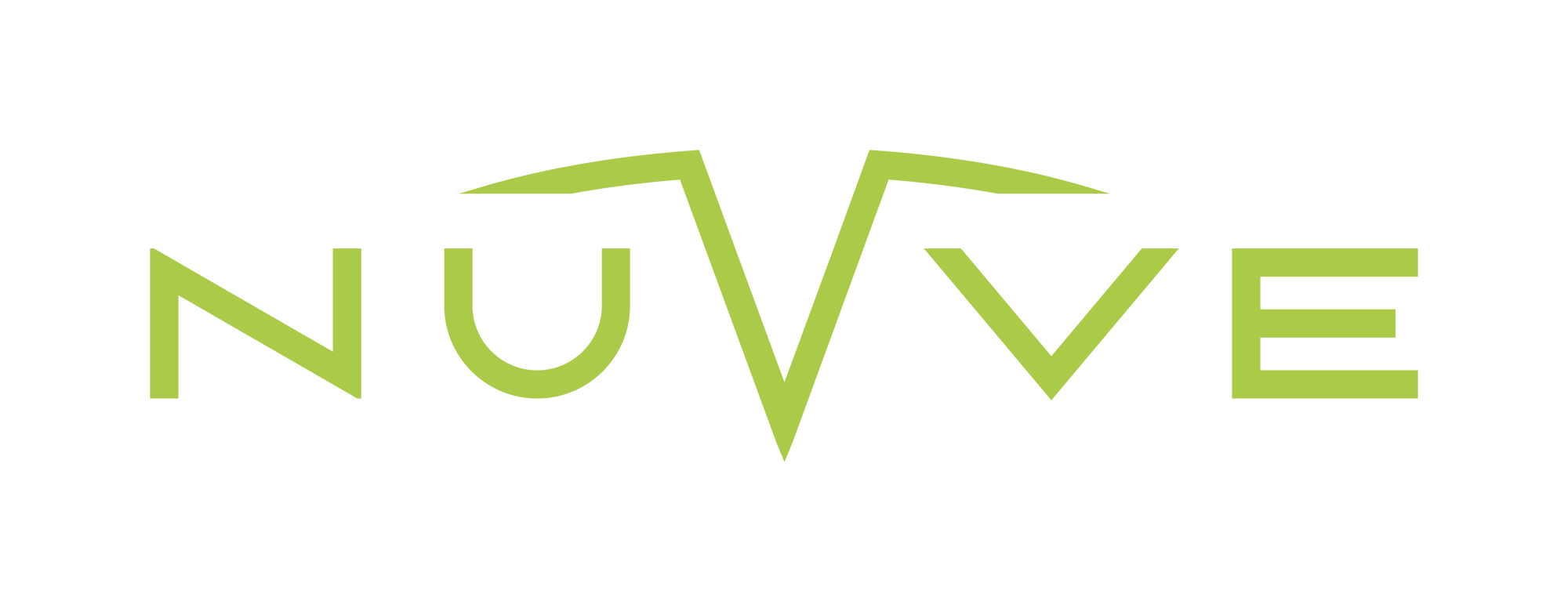While electric vehicles (EVs) still comprise only 1%-2% of the total market share of vehicles on the road, the use cases for EVs and their related benefits keep growing. EV batteries in particular are getting more attention with the adoption of technologies such as Nuvve’s vehicle-to-grid (V2G) or vehicle grid integrated (VGI) solution that allows them to store energy – especially renewables – and then discharge energy back to the grid. On the other hand, EV batteries introduce a new problem of what to do with them once the EV is no longer in use.
“Second life battery” recycling is growing in popularity, but using the storage potential in them creates an interesting use case. Take Nuvve’s second life battery project at the University of Delaware as an example. Nuvve’s relationship with the University and these batteries has a long history starting in 1996 when Professor Willett Kempton, Nuvve’s CTO, developed what would become our patented V2G technology. Professor Kempton connected an EV to the grid of the largest electric transmission operator (TSO) in the country, PJM, to test V2G/VGI benefits.
In 2010, he plugged an entire EV fleet of BMW MINI E’s to Nuvve PowerPort chargers and participated in energy markets when they weren’t in use.
In 2018, after the MINI E’s were scrapped, Nuvve recovered the batteries and started a project to repackage them into cabinets to maximize their grid services potential.
Now, instead of simply being used for their recyclable materials, these batteries are being used to store and discharge energy from PJM, the largest electric transmission operator (TSO) in the U.S., at Nuvve’s facilities at the Star Campus at University of Delaware, using Nuvve’s GIVe(™) platform.
On Wednesday, January 29, 2019, the batteries enabled Nuvve to participate in PJM’s frequency regulation market using 200kW of capacity for the first time. Nuvve is combining the power from these second life battery “packs” with regular EVs to provide an even larger capacity to the electric power markets.
“This development shows the flexibility and versatility of the GIVe(™) software platform,” says Jeff Venegas, project manager for Nuvve. “We are able to control multiple distributed assets of different types, for example battery packs and EVs, and provide a combined power service to the markets.”
The implications for second life battery are important as the market for second life batteries is estimated to reach $4.2 billion by 2025 and OEMs struggle to make a financially solvent case to put more EV models on their roadmaps. Instead of simply recycling the materials, which pose liability issues for OEMs, these batteries can provide important grid services and generate revenues for EV OEMs and customers. Seems like a win-win for everyone including our planet.




